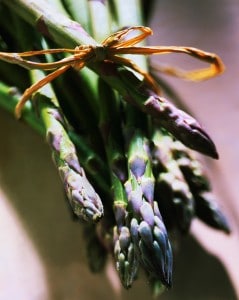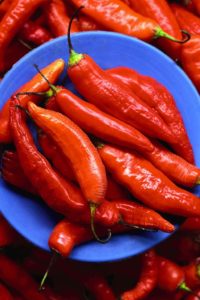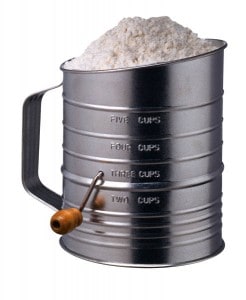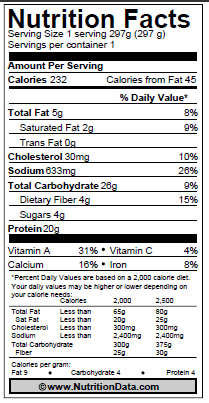Author: Monica Reinagel, MS, LDN
Seasonal Vegetables: Spring Cleaning for the Body?
 Q. Taught by my grandmother, I practice the time-honored tradition of eating spring greens: dandelions, burdock, stinging nettles, pigweed, lamb’s quarters, plantain, shepherd’s purse, garlic mustard, chickweed, cleavers, and so on. What does modern nutrition have to say about this? Are these greens truly “blood cleansing” or “liver cleansing?
Q. Taught by my grandmother, I practice the time-honored tradition of eating spring greens: dandelions, burdock, stinging nettles, pigweed, lamb’s quarters, plantain, shepherd’s purse, garlic mustard, chickweed, cleavers, and so on. What does modern nutrition have to say about this? Are these greens truly “blood cleansing” or “liver cleansing?
A. In traditional Chinese acupuncture, each season is associated with a different organ and spring is the season of the liver. Many other traditional and alternative healing systems teach that certain plants “cleanse” or “strengthen” the blood or other organs. You won’t find too much about that in Western nutrition science, though. Continue reading “Seasonal Vegetables: Spring Cleaning for the Body?”
Fat-Burning Chili Peppers: The Reality Check
 This is the kind of study that the media love: Researchers from Purdue University report that adding a half teaspoon of cayenne pepper to your meal can reduce your appetite and cause you to burn more calories. Count on seeing this new “fat-burning tip” popping up on magazine covers and internet aggregation sites. Before you get too excited, however, it pays to look beyond the headlines. Continue reading “Fat-Burning Chili Peppers: The Reality Check”
This is the kind of study that the media love: Researchers from Purdue University report that adding a half teaspoon of cayenne pepper to your meal can reduce your appetite and cause you to burn more calories. Count on seeing this new “fat-burning tip” popping up on magazine covers and internet aggregation sites. Before you get too excited, however, it pays to look beyond the headlines. Continue reading “Fat-Burning Chili Peppers: The Reality Check”
What’s the Right Size Portion for Pasta? | Video
Wheat-Free Baking: Are Alternative Flours Healthier?
 Q. Do alternative flours such as almond flour offer any real health advantages and if so (or if not), why?
Q. Do alternative flours such as almond flour offer any real health advantages and if so (or if not), why?
A. It’s hard to say that something is good for you based entirely on what it isn’t! Whether alternative flours offer any health advantages over wheat flour really depends on what you’re avoiding (and why), which ones you choose, and what you’re making.
Continue reading “Wheat-Free Baking: Are Alternative Flours Healthier?”
How to Choose, Use, and Store Cooking Oils | Video
This Week’s Podcast | What’s the Best Protein Powder?
 I get a lot of questions about what kind of protein powder I recommend. I have some tips about what to look for in a protein powder and how to use them in this week’s episode.
I get a lot of questions about what kind of protein powder I recommend. I have some tips about what to look for in a protein powder and how to use them in this week’s episode.
Can You Trust the Nutrition Facts?
 Q. How accurate are the calorie counts on nutrition facts labels? What about the nutrition information at restaurants? Is anyone checking them for accuracy?
Q. How accurate are the calorie counts on nutrition facts labels? What about the nutrition information at restaurants? Is anyone checking them for accuracy?
A. Consumers are often surprised–and dismayed–to learn that the information on nutrition facts labels is not nearly as accurate or reliable as they imagined. Part of this is built into the system. The FDA allows manufacturers and packagers a surprisingly wide margin of error–the information can be off by 20% in either direction and still be in compliance. For example, if the nutrition facts label says that a food contains 300 calories, it may actually contain anywhere from 240 to 360 calories.
